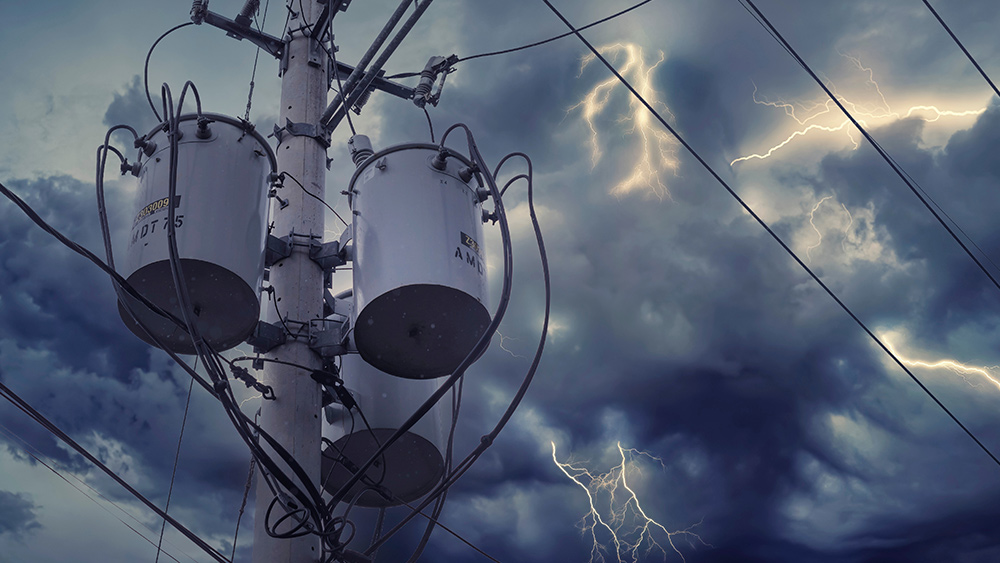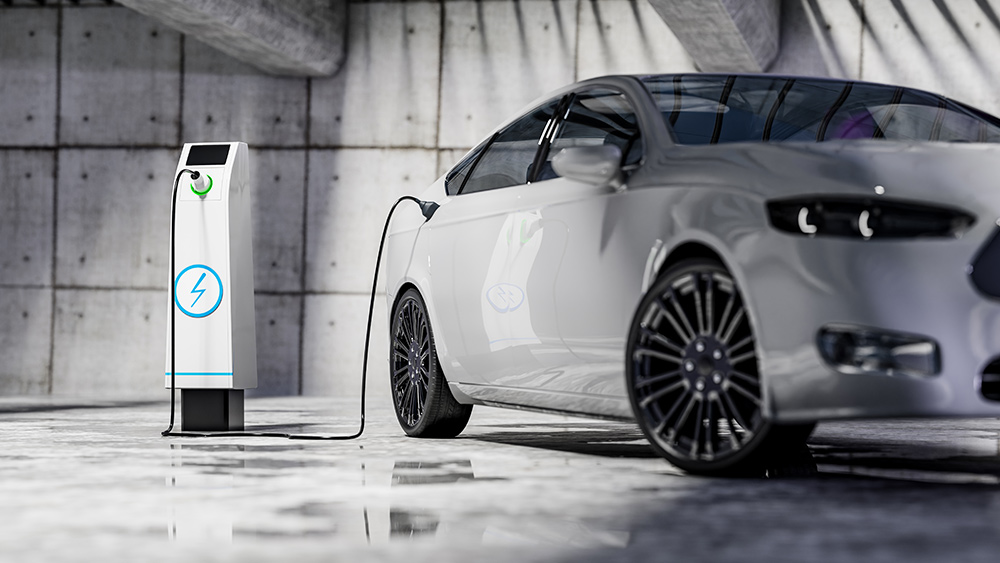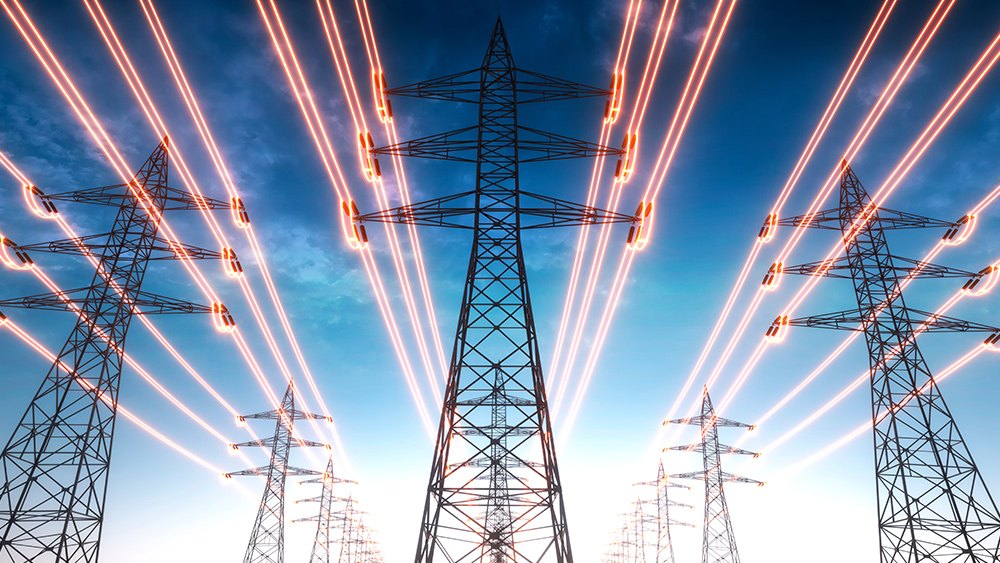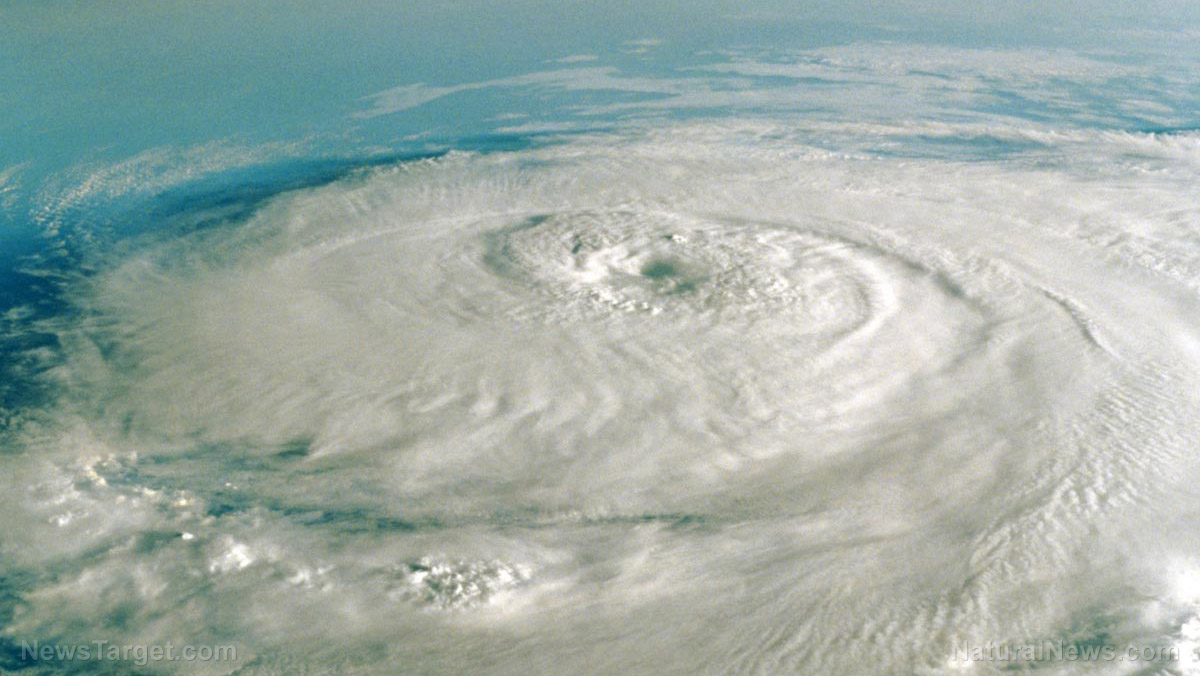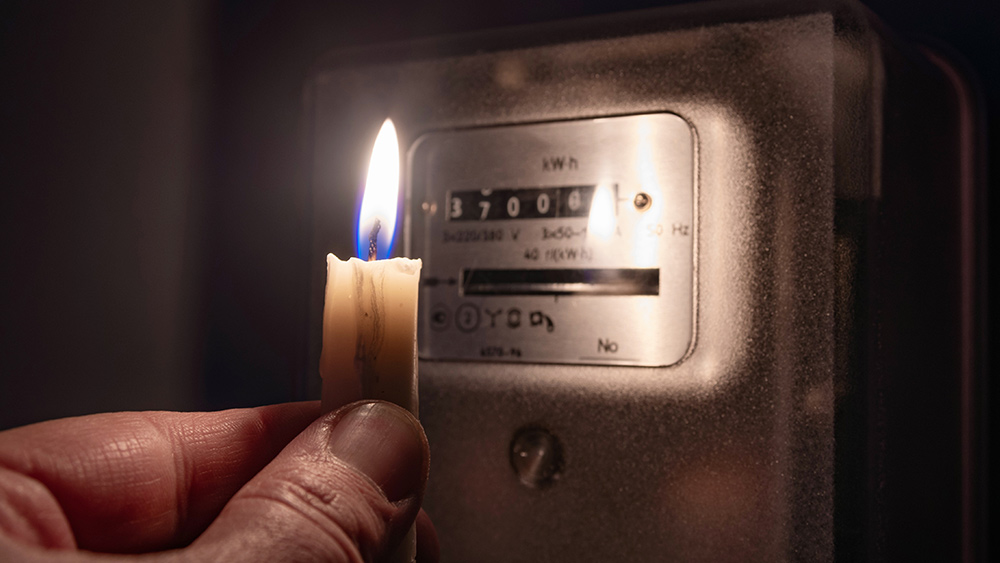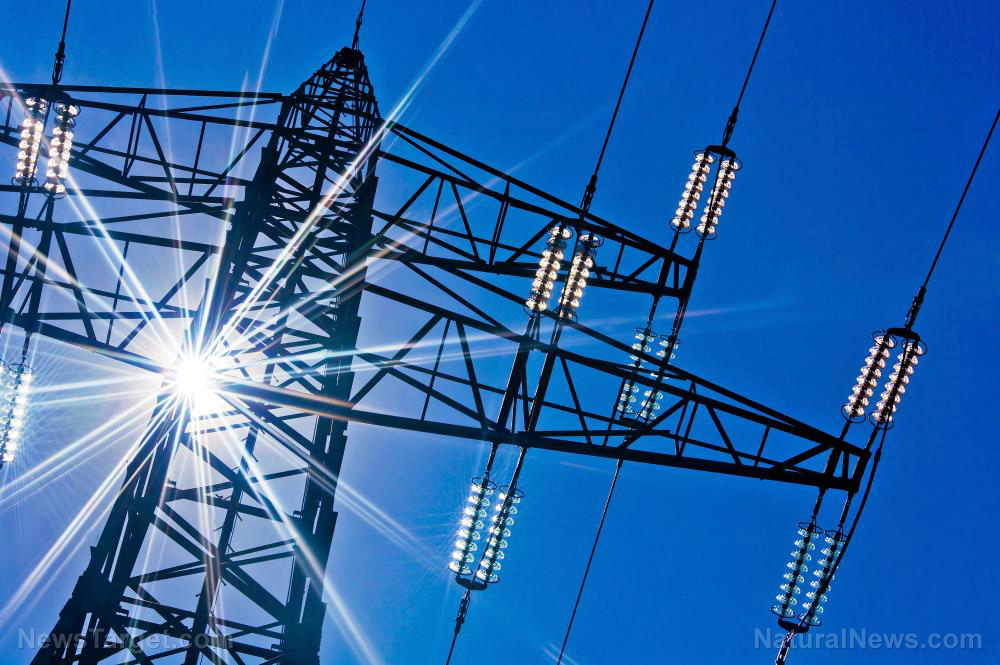
The United States has more power outages than any other developed country in the world. There are numerous factors that have ultimately led to that distinction. For one, states like California where wildfires are a yearly occurrence do not regularly clear their forested areas of underbrush and fallen trees. As a result, their power lines run over areas filled with dry fuel just waiting to touch live cables.
To prevent those power lines from heating up and sparking wildfires, authorities impose rolling blackouts to reduce the amount of electricity flowing through the lines to reduce the risk of wildfires.
The single biggest cost for electric utility companies is tree maintenance. Branches need to be cut and trimmed, especially since they can easily crash into power lines in windy and stormy weather. Though the task may seem straightforward, states tend to leave tree maintenance to the electric utility companies.
Most of the country's power grid was also built in the early 1950s and hasn't been upgraded since. The grid has an expected lifespan of only 50 years, yet the country's power grid is still in use two decades after that deadline. As the country's electrical needs continue to increase, the grid becomes more and more overloaded.
Some states are also paying close attention to renewable energy instead of upgrading existing electricity generation systems even though solar and wind energy are highly dependent on weather.
In all, these things have led to power outages becoming the norm for millions of residents in the U.S. With that being said, regular power outages shouldn't be taken sitting down.
Here are five things you can do if you live with regular power outages:
1. Opt for a light-colored roof
Power lines are burdened greatly by the use of air conditioners, which consume huge amounts of energy. That's why southern states like Texas have such a high risk of power outages in the summer. One way you can keep your home cool without relying heavily on air conditioners is to paint its exterior and the roof a lighter color.
Dark colors absorb light instead of reflecting it, converting it into heat. If you get a lot of sunlight where you live, you may want to book an exterior paint job for your home to keep things cool indoors.
2. Add insulation
Attics can also make your home feel hot. Heat rises, but it can also radiate downward. Most homes do not have enough attic insulation. When a poorly insulated attic gets hot in the summer, that heat will radiate downward, affecting the temperature of the room or floor beneath it.
Adding insulation is neither hard nor expensive, meaning you can easily do it yourself. Here are some tips on how to insulate your attic.
3. Provide shade outdoors
Some people like to step out onto their patios or decks to stay cool if it gets too hot indoors. If you don't have nearby trees providing natural shade for your outdoor living space, provide shade in the form of patio umbrellas, pop-up canopies or patio curtains. You can also opt to construct a permanent roof over the space.
4. Improve ventilation
Poorly ventilated rooms can make you feel hot and uncomfortable. To improve ventilation, open your windows and doors. This helps bring in fresh, outdoor air, provided that you don't live somewhere with high levels of air pollution. Opening windows also allows the breeze to enter the home, which helps provide cooling.
Consider installing exhaust fans in the bathroom and kitchen if you don't already have them to improve ventilation in those tight spaces.
5. Use a backup generator
You can use a backup generator to provide cooling if the heat is too unbearable. However, a generator won't be able to provide enough power for several air conditioners. At best, a decent-sized generator will provide enough power for one window air conditioner, which can keep at least one or two rooms cool. (Related: 5 machines to have in your homestead to make your life a little bit easier.)
Learn more about how you can prepare for power outages at Preparedness.news.
Sources include:
Please contact us for more information.
















